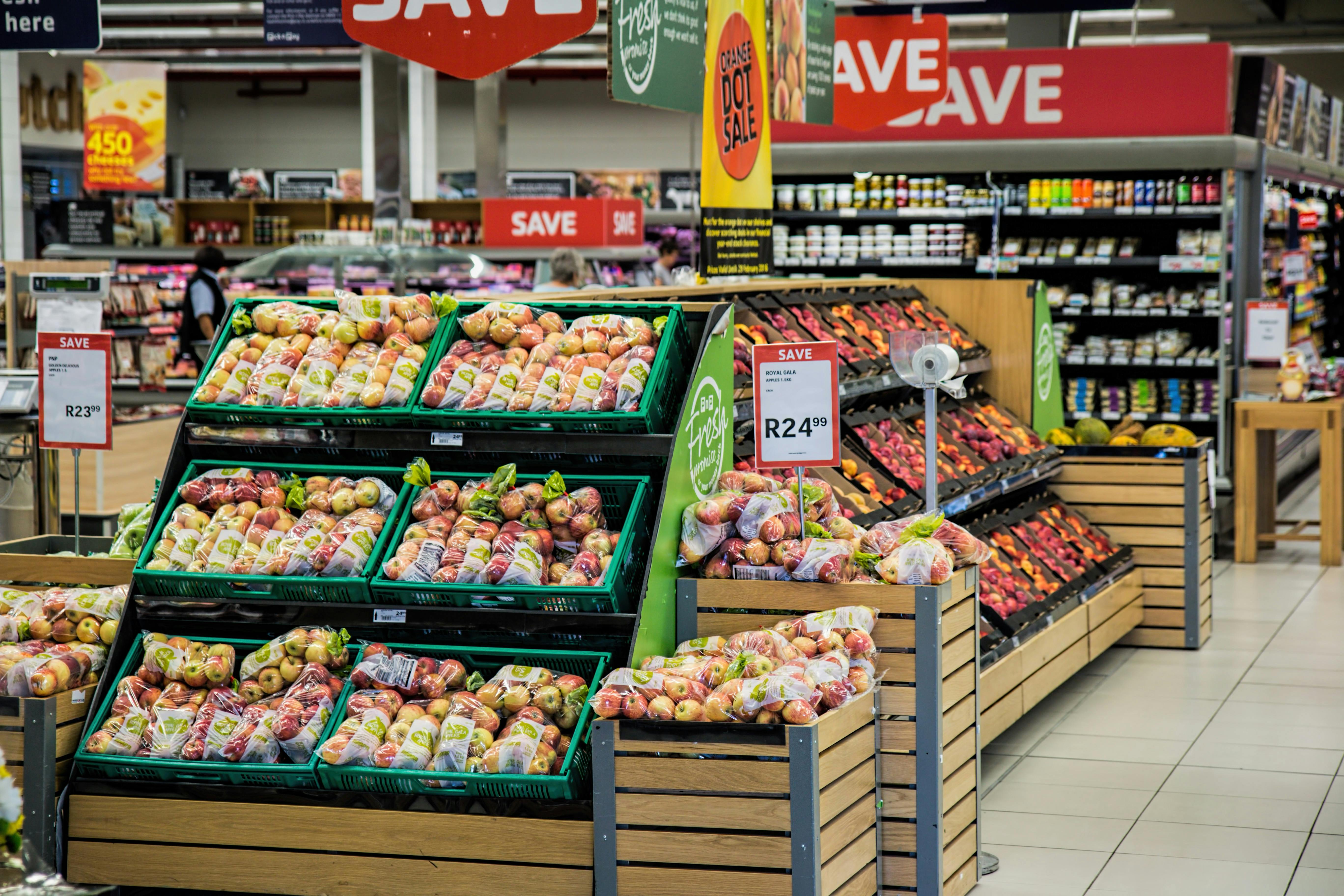- August 6, 2025
- 186 views

Once a routine household chore, grocery shopping in South Africa is fast becoming a luxury for many. Whether you're a parent stretching the budget, a student living off noodles, or a pensioner counting cents, it’s clear: food prices are rising and fast.
But is this just a temporary hike or a long-term crisis in the making? Let’s unpack the real-time impact of food inflation in South Africa, who’s affected the most and what it means for the future of our pantries and pockets.
South Africa’s Food Inflation Crisis: The Numbers Don't Lie
According to Stats SA, food and non-alcoholic beverage inflation remained stubbornly high throughout 2024, with some staple items increasing by more than 15% year-on-year. Bread, cooking oil, eggs and fresh produce, once considered basic necessities, have now become luxury items for many households.
As of mid-2025, South Africa’s food inflation rate is hovering around 9%, well above the Reserve Bank’s target range. While global economic factors like fuel prices, exchange rates and climate-related disruptions all play a role, local challenges like load-shedding, supply chain issues and increased import costs amplify the effect.
What’s Driving the Spike in Prices?
There’s no single cause, it’s a perfect storm of issues affecting food affordability:
Load-shedding and fuel hikes: Regular power cuts impact agricultural production, storage and transportation, adding costs across the supply chain.
Weak rand: South Africa imports much of its food and agricultural inputs, so a weaker currency means higher prices for everything from fertilizer to wheat.
Climate impact: Droughts, floods and erratic rainfall patterns are disrupting farming cycles and harvest yields.
Global conflicts and trade: Geopolitical instability, like the ongoing ripple effects of the Russia-Ukraine conflict, affects grain and oil imports.
The result? A price surge in everything from milk and mealie meal to fresh fruit and baby formula.
Who Feels the Pain the Most?
While all South Africans feel the pinch, the hardest-hit are:
- Low-income households who spend a larger portion of their income on food
- Middle-class families facing stagnant wages and rising debt
- Small businesses like local food vendors and caterers who can't absorb price increases
Many consumers are being forced to downgrade brands, cut back on protein, or skip non-essentials altogether. For millions, nutrition is taking a backseat to survival.
Real-Time Reactions: South Africans Speak Out
From TikTok trends like “budget hacks” and “R100 meal challenges” to long lines at discount grocers and bulk-buy cooperatives, South Africans are adapting in creative ways.
There’s a growing demand for:
- Price-tracking apps
- Community food exchanges
- Warehouse and online bulk shopping
- Store brands and no-frills alternatives
The real question is not just “How much does food cost?” It’s “What are South Africans willing (or able) to sacrifice?”
What Does This Mean for Brands and Retailers?
For food brands, supermarkets and FMCG companies, rising prices come with a major reputational risk. Consumers are scrutinizing value like never before. Transparency, affordability, and innovation are essential.
Retailers that adapt, by offering bundle deals, loyalty points and real-time price comparisons are likely to win customer trust. Local brands that support small-scale farmers and reduce their carbon and transport footprint may also become more appealing to conscious consumers.
A Call for Solutions
The issue of food inflation isn’t going away anytime soon. Solving it requires a combined effort:
- Policy changes to support local agriculture and stabilise energy supply.
- Investments in food storage, logistics, and local production.
- Public-private partnerships to ensure food security for all South Africans.
Final Howl
Grocery shopping shouldn't feel like a luxury, but for many South Africans, it already does. With food inflation showing no signs of slowing down, it's time to pay attention, speak up and demand smarter solutions.



